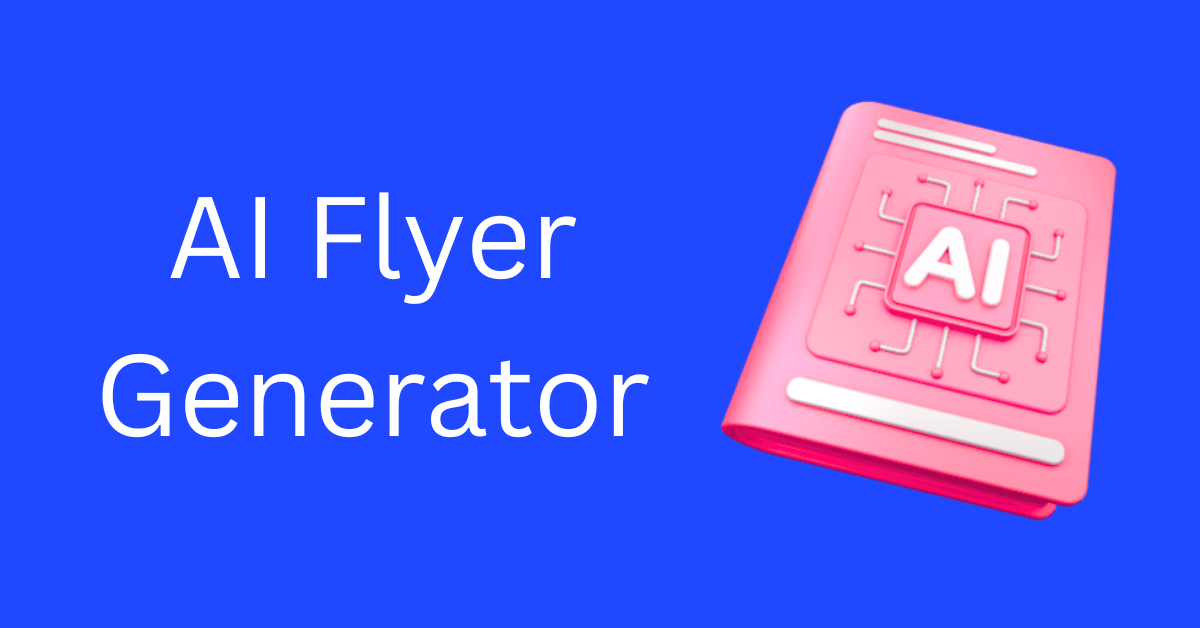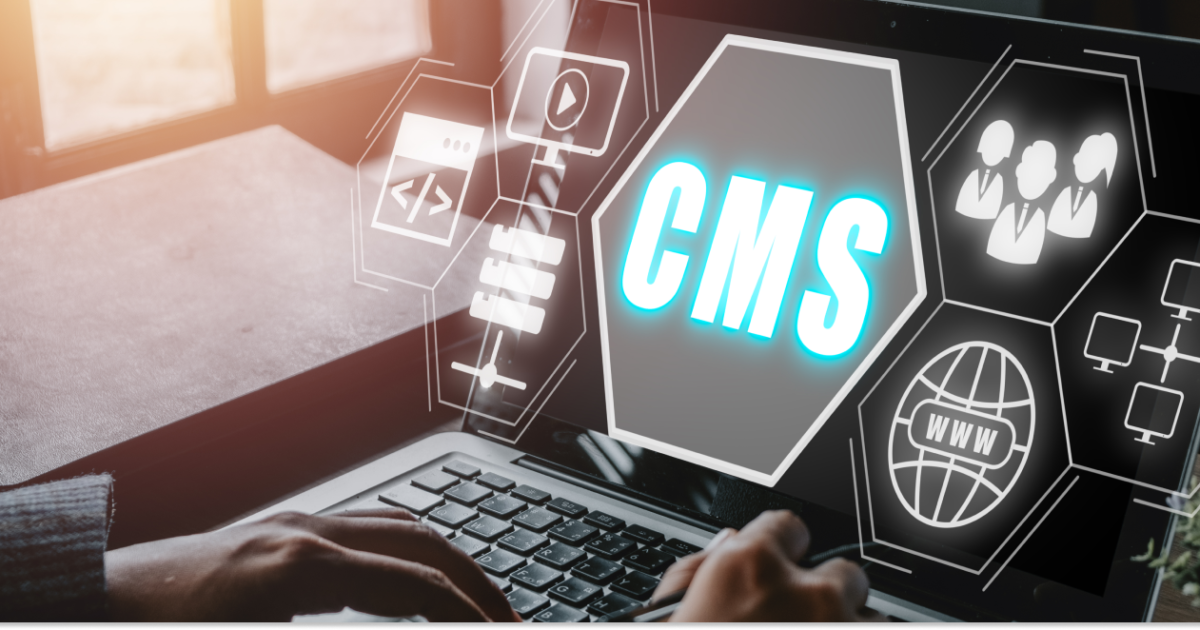Huge boost for Native American health care left out of federal spending bill
One section of the $1.5 trillion spending bill passed by Congress shocked tribal health care providers.
Lawmakers in both chambers had supported injecting much more cash into the Native American health care system to start fixing gaps that left Indigenous communities most susceptible to COVID-19.
That’s why Stacy Bohlen was taken aback late Wednesday to learn the final Indian Health Service budget was $1 billion less than anticipated and half of what tribal leaders said they needed. Bohlen leads the National Indian Health Board, which lobbies for tribal governments in Washington, D.C.
Funding for Indian Health Service programs will increase from about $6.2 billion to $6.6 billion. But because of population growth and inflation hikes, the system will have less money to spend on each patient this year than last, said Bohlen, who belongs to the Sault Ste. Marie Tribe of Chippewa Indians in Michigan.
“It’s the difference between a tribe being able to afford specialty care for a child who is diagnosed with cancer,” she said, “and having to wait and ration health care until those dollars are available. It’s that kind of difference.”
McGirt v. Oklahoma: Spending bill includes $62 million for tribal justice systems
The U.S. is responsible for providing health care to Native Americans in exchange for land and other resources ceded through treaties. The federal Indian Health Service operates its own clinics, in addition to paying tribal nations and urban organizations to provide care. The clinics are often the only option on remote reservations and collectively serve more than 2.5 million people.

Tribal leaders have sounded alarms for decades that the system is chronically underfunded and directly tied to high rates of cancer, diabetes and premature death. The life expectancy of Native Americans is five years shorter than the U.S. average.
In recent weeks, competition for federal funding increased as lawmakers pooled support for Ukraine after the Russian invasion. “But Indians have already paid for this health care,” Bohlen said. “This is absolutely not the place to find your gap. You don’t take from the most vulnerable people.”
The budget news arrived hours after President Joe Biden finally made his pick to lead the Indian Health Service. He plans to nominate Roselyn Tso, who currently oversees federal clinics on the Navajo Nation in Arizona, New Mexico and Utah. Tso is also Navajo.
COVID-19: How omicron affected tribal nations in Oklahoma
Her appointment is part of Biden’s pledge to help tribal nations close health care disparities. He asked for $8.5 billion in annual funding for the Indian Health Service. The House set the mark at $8.1 billion, while the Senate proposed $7.6 billion.
Bohlen said she is trying to find out why the final figure was so much less. “We have friends on both sides, so we have people who really fought for us up there,” she said. “That’s why its really shocking at the end of the day that $1 billion was siphoned off of the Indian Health Service for some other expense.”
The real budget gap is actually much larger, said Nicolas Barton, who leads the Southern Plains Tribal Health Board. The nonprofit represents clinics that treat Native Americans in Oklahoma, Kansas and part of Texas.
When tribal leaders across the U.S. met to add up next year’s health care costs, the price tag surpassed $12.7 billion. “It’s overall disappointment in that funding coming down,” said Barton, who is Cheyenne and Arapaho. “I think the IHS administration and our tribal leaders will really have to look at what services will be impacted coming up.”
Health care providers also had wanted lawmakers to approve advance appropriations for the Indian Health Service. The measure would have allowed tribal health clinics to keep operating at full capacity amid government shutdowns. Tribes that don’t have enough money to cover the short-term gap have to cut back medical services until the next budget comes through.
“There’s just so much more that was not answered in this omnibus bill,” Barton said.
Business news: One of Oklahoma’s main industries is bouncing back from COVID-19
Questions over health care funding land especially hard as many tribal nations still are reeling from the pandemic. Short-term coronavirus relief helped pay for needed improvements to tribal health care systems, infrastructure and technology, but also highlighted the need for long-term support, said Wendy Helgemo, senior legislative attorney for Big Fire Law and Policy Group, which focuses on Native American law.
“The challenge is to really continue to address those historical disparities and continue to provide adequate funding for a large health care system,” said Helgemo, a Ho-Chunk Nation citizen.
Demands on the Cherokee Nation’s vast health care system on its northeast Oklahoma reservation have greatly increased since the pandemic, Principal Chief Chuck Hoskin Jr. said in a statement.

Increasing the Indian Health Service budget “shows a commitment from Congress to continue supporting our Cherokee citizens and Natives utilizing our health system,” Hoskin said.
But, he added, “we view it as a missed opportunity to improve and expand care in Cherokee Nation and across Indian Country. Congress needs to fully fund IHS and embrace a funding model that will provide certainty and mitigate the impacts of government shutdowns.”
Republican U.S. Rep. Tom Cole represents Oklahoma in the House of Representatives, where he co-leads the Native American caucus and sits on the appropriations committee. He did not answer questions about how Congress arrived at the final Indian Health Service funding. But in a statement, he said was proud of helping secure the $400 million increase that passed, which was a larger boost than in previous years.
“I have always been very supportive of ensuring the Indian Health Service has the resources it needs to effectively serve the health needs of Indian Country,” said Cole, a Chickasaw Nation citizen.
Tribal leaders have said Indian Health Service funding would need to be $48 billion a year — seven times more than its current level — to completely cover demand and match the levels of other federal health care programs. Native people will continue pushing in Washington, D.C., for the level of care promised in treaties, something that tribal leaders have done for hundreds of years, Helgemo said.
“Our history and those promises are completely intertwined,” she said.
Molly Young covers Indigenous affairs for the USA Today Network’s Sunbelt Region. Reach her at [email protected] or 405-347-3534.
This article originally appeared on Oklahoman: IHS budget will cover inflation, not fixes, health care providers say




.jpeg?width=682&height=455&name=AdobeStock_295048993%20(1).jpeg)

